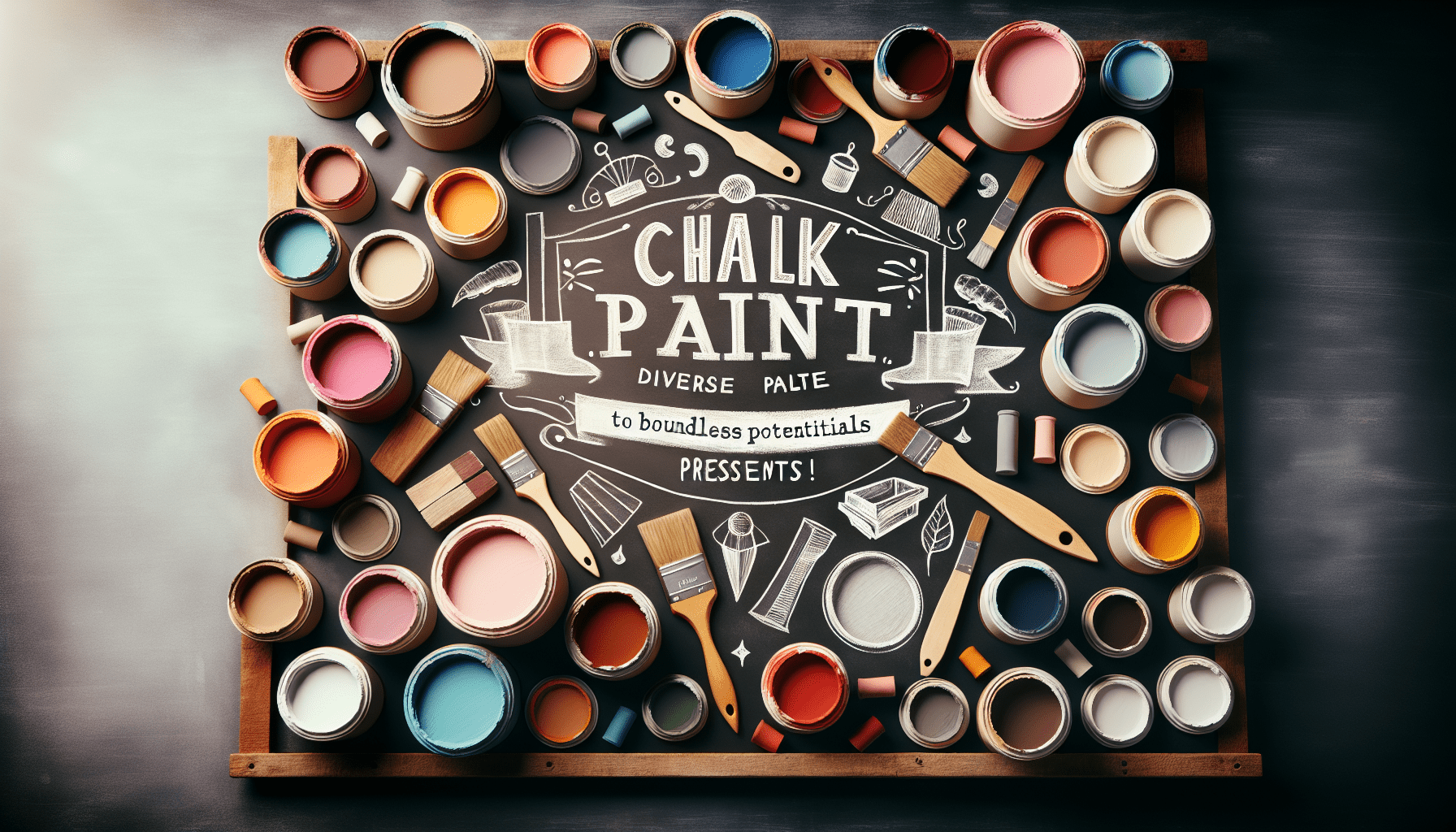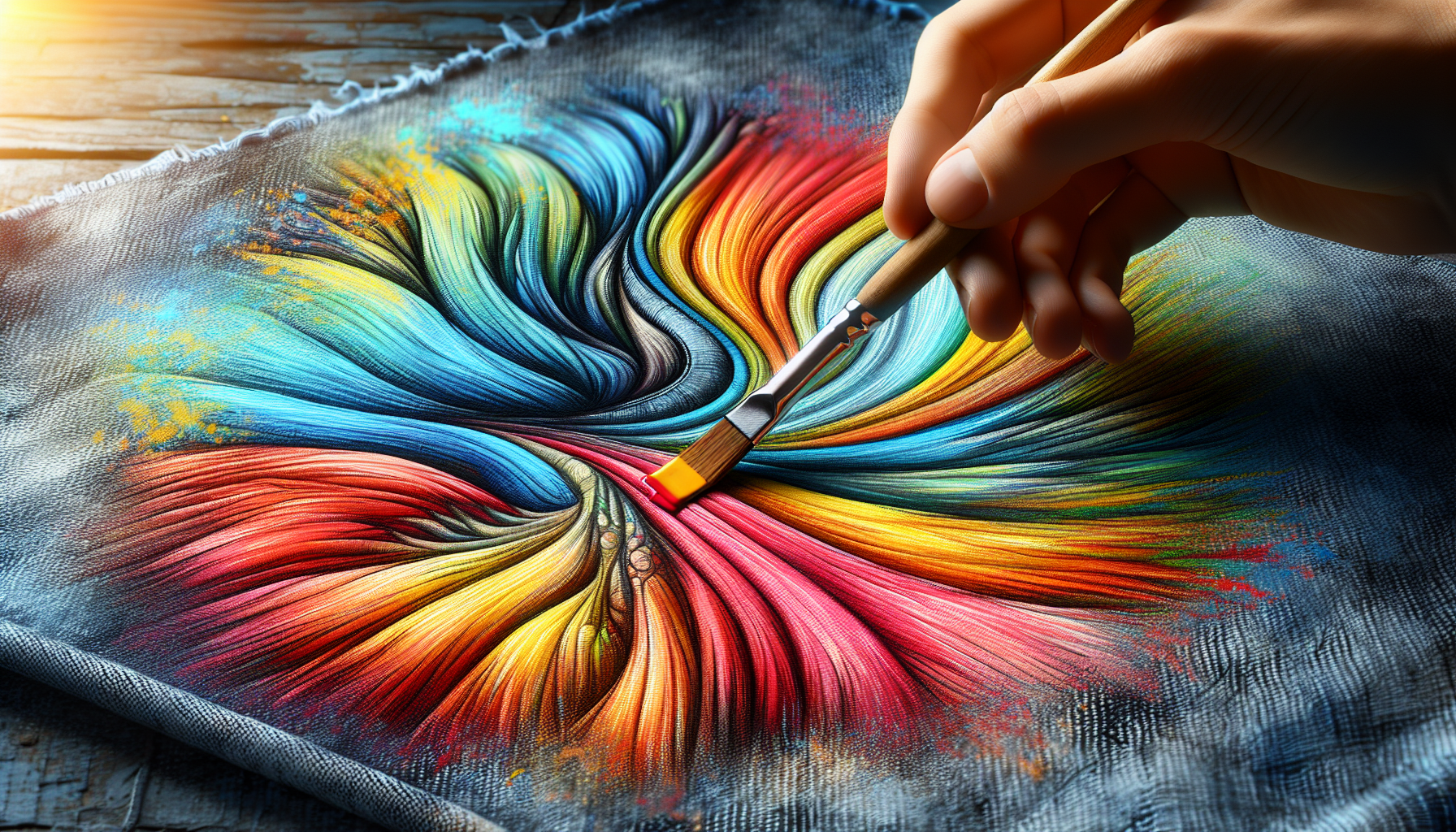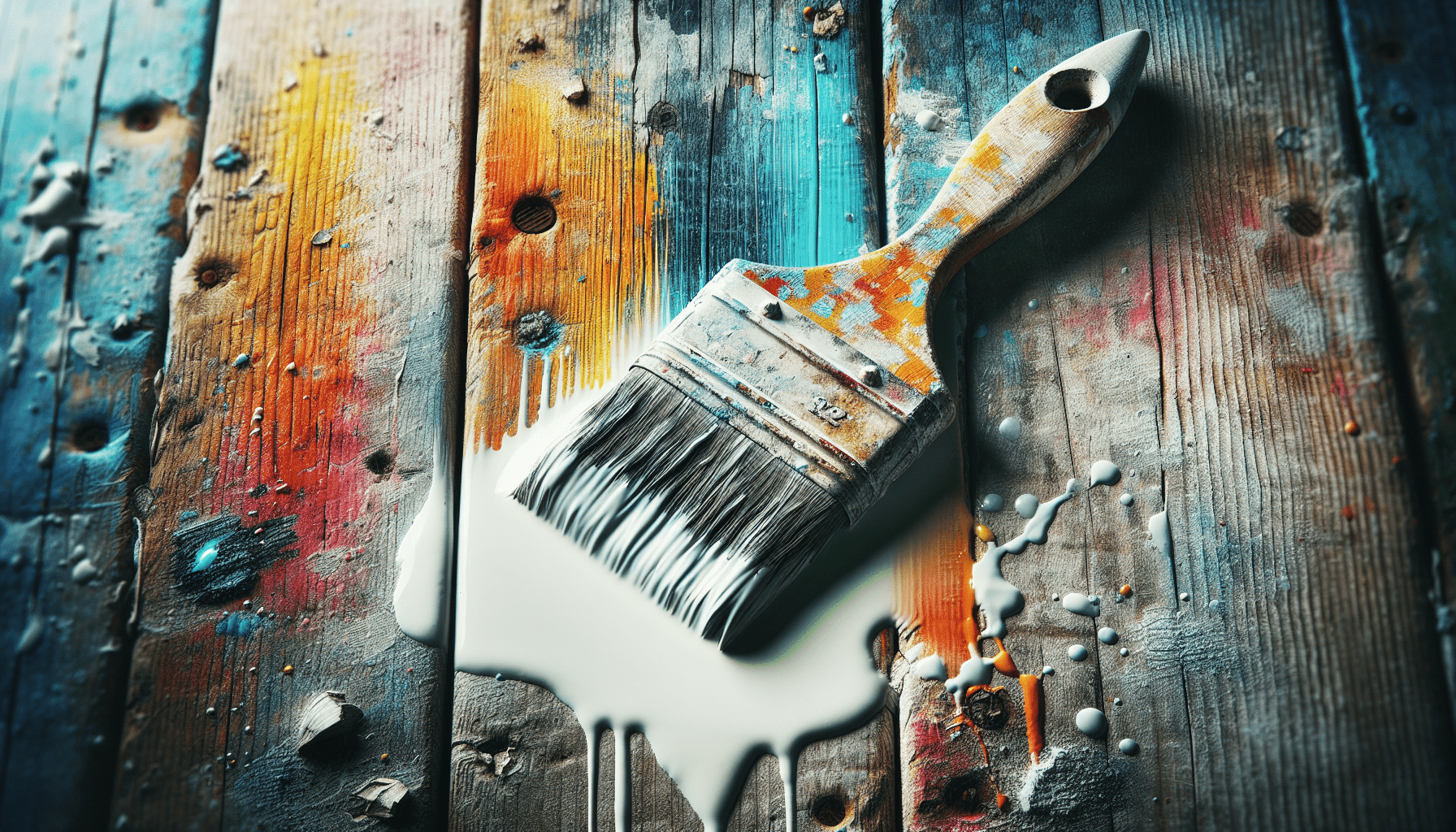When it comes to choosing chalk paint for your next project, it’s important to know the wide range of colors available to you. Chalk paint comes in a vast array of hues, from classic neutrals like white and black to bold and vibrant shades like deep blues and rich reds. Whether you’re looking for a soft pastel for a shabby chic finish or a bold pop of color for a modern touch, chalk paint has a color to match every style and aesthetic. Explore the endless possibilities and express your creativity with the diverse range of colors that chalk paint has to offer.
Have you ever wondered what colors chalk paint comes in?
Chalk paint is known for its versatility and easy application, making it a popular choice for DIY projects. One of the biggest advantages of chalk paint is the wide range of colors it comes in. Whether you are looking for vibrant hues or soft pastels, there is a chalk paint color to suit every project and style preference. In this article, we will explore the various colors that chalk paint comes in, as well as tips on how to choose the perfect color for your next project.
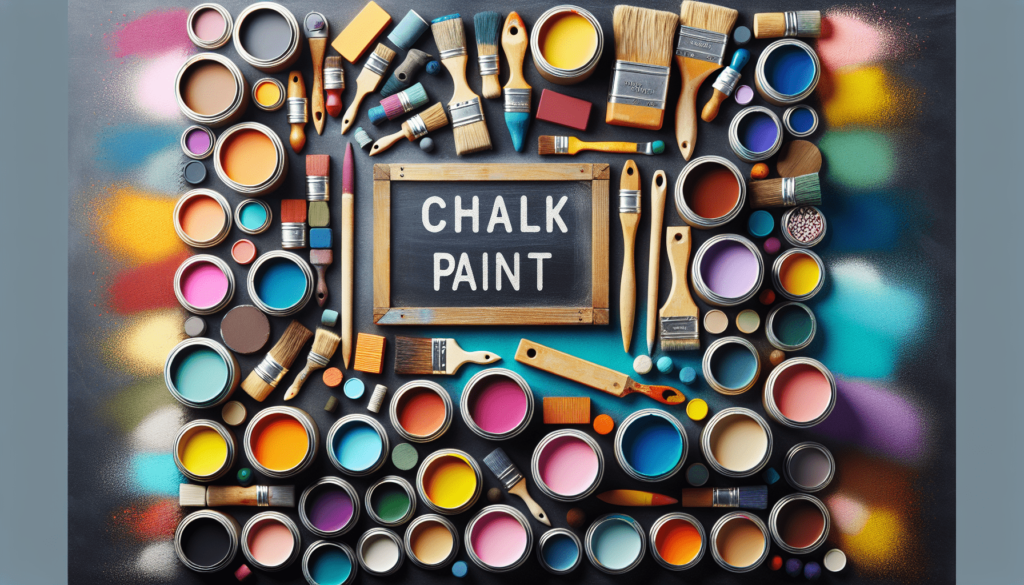
Understanding the Basics of Chalk Paint Colors
When it comes to chalk paint, there are countless color options available on the market. From neutral shades like white and grey to bold colors like navy blue and emerald green, chalk paint comes in a wide range of hues that can be mixed and matched to create a custom look for your project. Whether you are painting furniture, walls, or decor items, chalk paint offers endless possibilities for color selection.
Popular Chalk Paint Colors
Some of the most popular chalk paint colors include:
- Old White: A classic off-white color that adds a touch of elegance to any project.
- French Linen: A soft grey that pairs well with a variety of decor styles.
- Duck Egg Blue: A light blue hue that adds a pop of color to any room.
- Antoinette: A soft pink that brings a feminine touch to furniture and decor.
- Graphite: A deep grey that creates a modern and sophisticated look.
- Coco: A warm taupe that complements a range of color schemes.
These are just a few examples of the many chalk paint colors available. Whether you prefer muted tones or vibrant shades, there is a chalk paint color to suit your style.
Mixing Chalk Paint Colors
One of the unique features of chalk paint is the ability to mix colors to create custom shades. By simply combining different chalk paint hues, you can create a one-of-a-kind color that perfectly complements your project. Experimenting with color mixing is a fun way to unleash your creativity and personalize your DIY projects.
If you are new to mixing chalk paint colors, start by blending small amounts of paint together until you achieve the desired shade. Keep track of the ratios used so you can replicate the color if needed. Some chalk paint brands also offer pre-mixed color options for added convenience.
Choosing the Right Chalk Paint Color
When selecting a chalk paint color for your project, there are a few factors to consider:
- Style: Think about the overall style of the space or item you are painting. Are you going for a vintage look, a modern feel, or a rustic charm? Choose a chalk paint color that complements the existing decor and enhances the overall aesthetic.
- Color Psychology: Consider the mood you want to create in the room. Different colors evoke different emotions – for example, blue is calming, while red is energizing. Select a chalk paint color that aligns with the desired atmosphere.
- Personal Preference: Ultimately, the most important factor in choosing a chalk paint color is your own personal taste. Select a color that speaks to you and makes you feel happy and inspired.
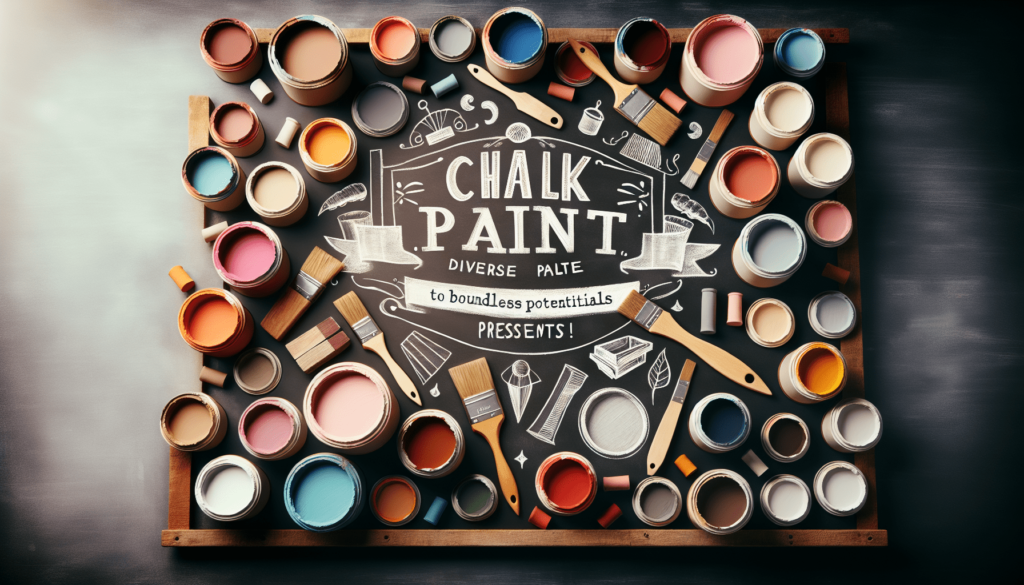
Tips for Using Chalk Paint Colors
Here are a few tips for using chalk paint colors in your projects:
- Prep Work: Before painting, make sure to clean and sand the surface for optimal adhesion. Chalk paint sticks well to most surfaces, but proper prep work will ensure a smooth finish.
- Layering: Experiment with layering different chalk paint colors to create depth and texture. You can achieve a distressed look by sanding through the layers once the paint has dried.
- Sealing: After painting, consider sealing the surface with a wax or polyurethane finish to protect the paint and enhance its longevity. This step will also add depth to the color and give it a professional finish.
- Testing: Before committing to a color, test it on a small sample or inconspicuous area to ensure it looks the way you envisioned. This will prevent any surprises once the entire project is painted.
In Conclusion
Chalk paint comes in a wide range of colors, offering endless possibilities for DIY projects. Whether you are looking for a soft pastel or a bold hue, there is a chalk paint color to suit every style and taste. By understanding the basics of chalk paint colors, experimenting with mixing hues, and following tips for choosing and using colors, you can create beautiful and personalized projects that reflect your unique style. Happy painting!
